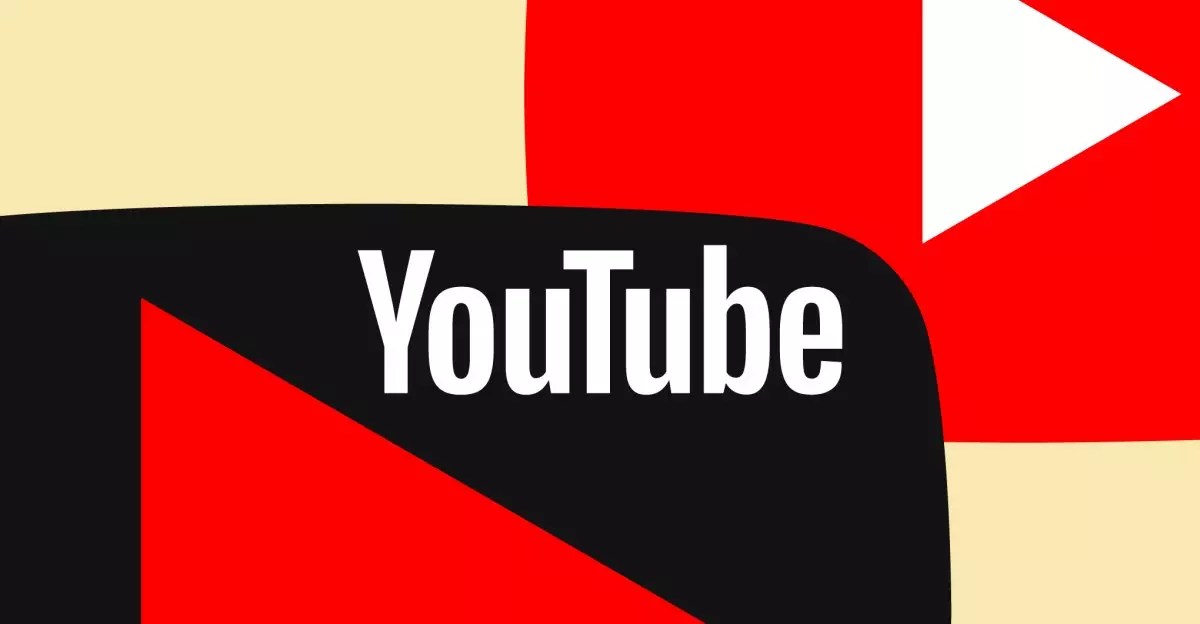In the rapidly evolving landscape of streaming services, platforms frequently engage in negotiations to secure content that keeps subscribers satisfied. YouTube, in particular, recently found itself in the media spotlight after posting a warning about the potential loss of content from significant networks, including CBS and CBS Sports. This anticipation triggered concern among subscribers, prompting widely circulated apprehensions regarding the availability of beloved shows and sports content.
Days later, seemingly in response to subscriber anxiety, YouTube swiftly reversed its course, announcing a deal to retain Paramount’s extensive library, including CBS, CBS Sports, Nickelodeon, and various Paramount Plus add-ons. This abrupt change was not merely a gesture; it highlighted the urgency with which streaming services must respond to competitor maneuvers and consumer sentiment. YouTube’s online post on popular social media platform X reassured customers that their favorite channels would remain accessible, illustrating a keen understanding of viewer loyalty and the potential financial ramifications of losing such content.
The announcement came alongside YouTube’s earlier promise in February to provide an $8 credit to subscribers in the event of prolonged content unavailability—a strategy placating temporarily anxious clients amidst the negotiations. However, the simultaneous perplexity surrounding the financial details of this new deal remained underexplored. The risk of price hikes loomed, especially considering YouTube TV had only recently increased its subscription fee by $10, pushing the total cost to an overwhelming $82.99 per month. Subscribers can’t help but wonder if more price adjustments will come as a consequence of maintaining these lucrative content contracts.
As is often the case in the streaming industry, transparency is paramount. The lack of clarity surrounding the negotiations, particularly regarding potential pricing changes, could lead to distrust among subscribers. In response to inquiries regarding future pricing adjustments, YouTube reassured users through its TeamYouTube account, stating, “We take these decisions very seriously and will be sure to communicate any potential changes in the future before they happen.” While assurances like these may appease some, they do indicate a reactive rather than proactive communication strategy that could be detrimental in the long term.
As content wars rage on, YouTube’s recent maneuvers highlight both the challenges and the responsibilities of major streaming platforms. The battle for viewers’ attention—and subscription dollars—has never been fiercer, demanding strategic decisions that not only bind networks to platforms but also safeguard consumer trust. Whether this deal truly reflects YouTube’s commitment to customer satisfaction or merely serves as a stopgap remains to be seen. What is certain, however, is that as viewers, we continue to hold the power to shape the industry through our collective viewing choices.


Leave a Reply